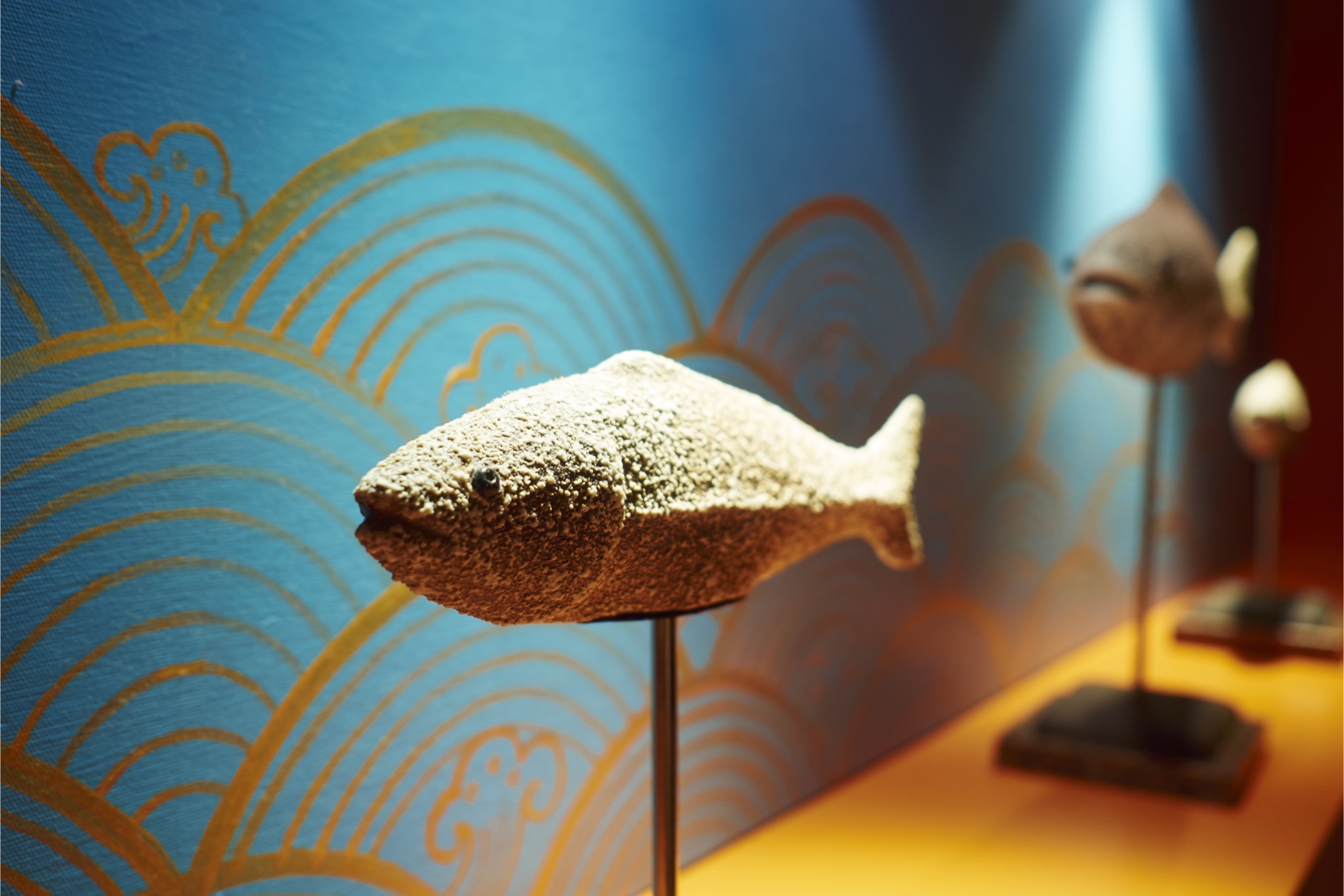Wall papers are easiest and most affordable way to give a touch of texture and design to the dull and faded wall.
Walls are the largest visible facades in every home.
Walls might develop cracks and holes in the long run. These damages always not necessarily be the major ones but sometimes might be minor ones. These minor damages can be treated with the application of a wall papers.
Wall papers give an artistic appearance and they give more durability than paint. You can apply the visual appearance to the whole room or just one adjacent wall and the other walls can be complimented with different colors and textures. When you have plans for the application of wall papers there are certain things to be considered. What are they … let’s see …
How many types of wallpapers are there?
Different types of wallpapers are available. Mainly, vinyl, foils, embossed, fabric and grass cloth types are used.
Which wallpaper to choose?
The material used in making the wallpaper determines how well it lasts and how easy it is to maintain. The same thing will tell how easy it is to hang and eventually remove. While you shop for the wallpaper, think about the qualities of each material and read the product manual to know about the instructions and also ask the seller for different manufacturer guarantees.
Vinyl
This is the all-purpose wallpaper can be applied anywhere. The moisture resistant ability made it ideal for bathrooms and kitchens. It is very durable and easy to maintain. It is also easy to remove when you want a change.
Grass cloth
Grass cloth wallpaper is made by weaving of grasses and is most striking wall covering. This is best suited for areas with very little traffic. To give the grass a color dyes are applied to it and the color may not be identical throughout a roll of paper. To lessen these color differences, hang the every other roll of the paper upside down. This way we can minimize the abrupt color variations.
Fabric
It is made out of fabric and is one of the more complicated kinds of wallpaper to apply. To make sure the application is smooth; it needs to be stretched until it gets tight but not too much that it loses its shape. Fabric gets stains and is not easy to remove. You can’t use water to wash. You need vacuum clean.
Foiled
Foil wallpaper is typically used in small spaces. It is a metallic covering made of various patterns and its flimsy nature makes it more difficult to apply. This paper can easily crumple and fold. Being a delicate it won’t disguise any cracks or bumps on the wall. So, these can only be applied on extremely smooth surfaces to get a rich look and luxurious feel.
Flocked
This is made out of the wastage from the wool industry and paperbacked with glue. As a result, paper of raised velvet patterns took birth. This is the best choice when used for decorative highlights and areas like dining rooms. Prior to application the loose wool particles should be vacuumed moderately or brushed off from the paper to make sure the finish is smooth. A gentle wash is acceptable but no scrubbing/rubbing is allowed.
How to know how much is enough?
Accurate measurements can save on your budget. Measure the walls from floor to ceiling and from corner to corner. Do not count the baseboards and moldings. Now do a little math by multiplying the width and height to get the square footage, now add something between 10 – 20 percent to this as an account for wastage, and finally subtract the square footage of large windows or doors from the total square footage. Now what you got is the exact area to be wallpapered.
What is Wallpaper Repeat Length?
The Wallpaper Repeat Length is nothing but the number of inches it takes before the pattern starts all over again. The distance between the starting point and the repeating point is called “one repeat”. While choosing wallpaper it is important to have an idea about the repeat length. It determines how much wallpaper is needed for the project.
How many patterns are there?
There are many patterns available to match everyone’s interest. The patterns can affect the appearance of the room. If the room is small applying the right pattern can make it appear big and if the room is big then the right pattern can make it pleasant. To name a few, Drop Pattern, Vertical Pattern, Horizontal Pattern, and Large Prints, Small Prints. Choose as per your taste.
Experts’ Advice: Do not store the paper rolls vertically as it can damage the edges of the wallpaper. Instead store them horizontally.
What is Wallpaper Run or Dye Lot?
The number given to each roll of wallpaper when it is printed is known as the “Wallpaper Run” or “Dye lot”. It tells us whether the rolls with same pattern are printed with the same ink or not. Same number means same ink. These pattern codes should be consistent on the rolls for each room otherwise the patterns might be the same but they don’t look alike.
At Interior Designs Studio you can find different patterns, textures and colors of your choice.
